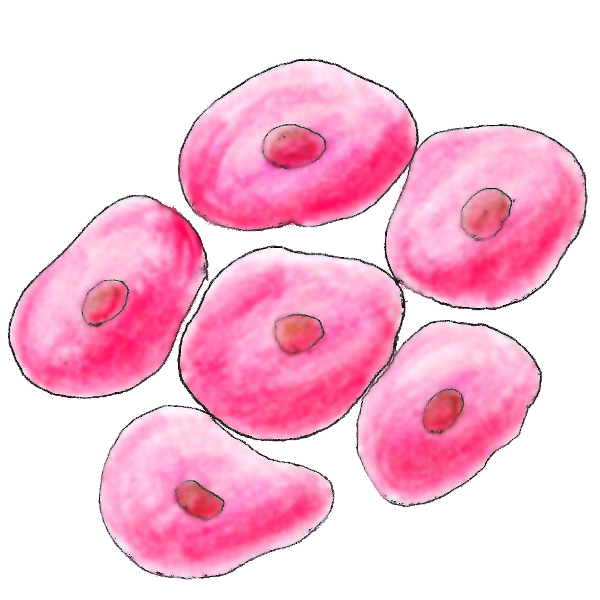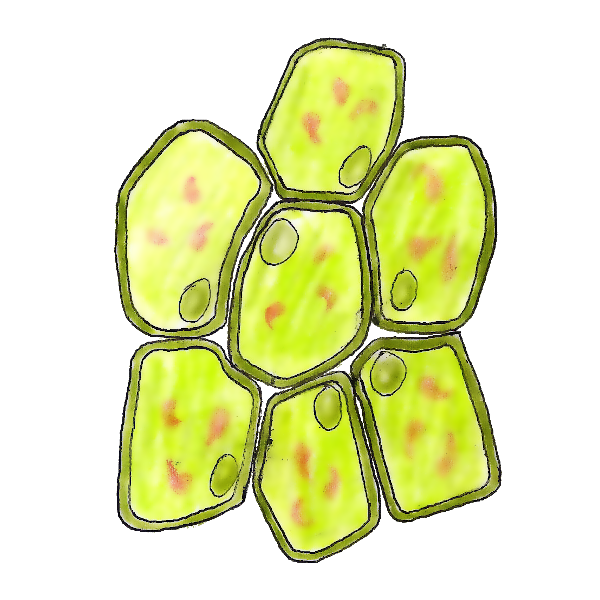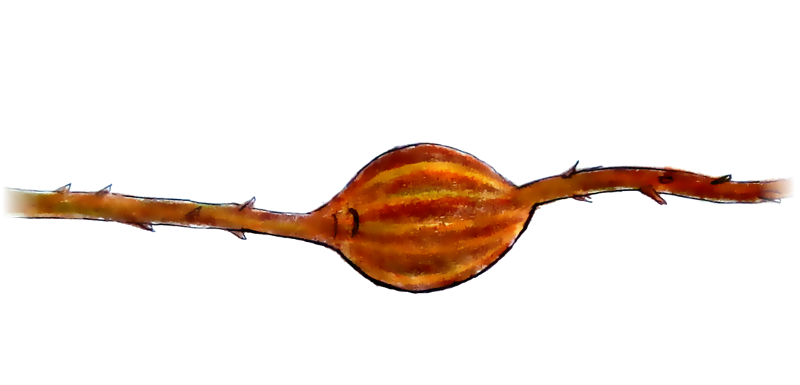Plant Cancer
Plants spend all day in the sun without sunscreen. Some trees live for thousands of years. Why don’t they die from cancer?

Plants spend all day in the sun without sunscreen. Some trees live for thousands of years. Why don’t they die from cancer?
If you live long enough, cancer is inevitable. Humans get cancer. Animals get cancer — we see it most often in our pets, who are kept safe from predators and other diseases. Live long enough, and cancer becomes a part of life for all of us…
Except, seemingly, plants.
How can a tree grow for hundreds, even thousands of years without succumbing to the same disease that brings down a human in their first century? How can they stand in bright sunshine, absorbing ultraviolet rays day after day, and yet keep all their cells under control?
Why don’t plants get cancer?
What is cancer, exactly? It’s a disease caused by the uncontrolled growth of abnormal cells in a part of the body. But these abnormal cells aren’t foreign invaders. They’re our own cells, turned against us by mistake, due to an accumulation of errors in their genetic code.
As we age, our cells pick up more and more errors in their individual copies of DNA — the genetic code that contains the blueprint for a human body. Sometimes, these errors are because of mistakes made in copying the DNA when the cell divides. Other times, they’re caused by external factors that interact with our DNA, like free radicals or ultraviolet radiation.
A good analogy is to think of a robot going haywire. The robot is still attempting to follow its programmed instructions, even though they no longer make any sense. Cancerous cells are attempting to follow their mutated, error-filled instructions, even though this is unwanted and deadly to the host organism.
Most of the time, when a cell has too many errors to function normally, it undergoes “apoptosis”. In other words, it shuts down and dies. The robot turns itself off.
Occasionally, however, these accumulated errors cause the cell’s growth process to get stuck in the “on” position, and the cell begins growing and dividing. This is a rampaging robot, causing all sorts of destruction!
An unwanted growth of cells is called a tumour. Some cells may grow very slowly and don’t spread beyond their initial location: these are called benign tumours. Other tumours, however, known as malignant tumours, contain fast-growing cells. These cells may break free of the tumour, spread through the bloodstream, and attach at another location, where they start growing anew.
This process of tumours and cancerous cells spreading throughout the body is a major part of how cancers become deadly. And because it’s so important, you should probably know the technical term: metastasis. The word comes from ancient Greek and literally means “rapid change”, describing how cancerous cells rapidly change, mutate, and grow. One cancerous cell quickly changes and grows into a large tumour.
But why doesn’t it happen in plants?
One of the most devastating features of cancer is its mobility: how does it travel when it breaks free from its initial location?
All our cells receive nutrients from our bloodstream, like a highway bringing supplies to different cities. This highway lets all our cells receive nutrients — but it can also become a speedy path that lets cancer cells loose and sends them hitch-hiking to other areas of our body.
In animals, cells hold onto each other’s membranes, but they can freely release these holds and move around. Nothing prevents them from detaching and migrating to a different location. Thanks to the superhighway of the bloodstream, a single cancerous cell can start at the toes and end up at the head — or almost anywhere else. Such is the power of metastasis.

In plants, however, cells are far more stationary. Each plant cell is surrounded by a hard, mostly impenetrable cell wall. This wall around each cell helps give plants their structure and rigidity, but it also locks each cell in place, preventing them from migrating within the organism.

Plants do possess their own circulatory system, but it’s used to pump water through the plant, mostly up from the roots to the leaves.
Instead of using a pumping heart, like our bodies, plants use their own method of circulating nutrients. This process is more passive, and is known as “capillary action”.
Put a clear straw in a glass half-full of water. Immediately, you’ll notice the water rise up a bit. The water level inside the straw will become higher than the water level of the rest of the glass. The water sticks to the sides of the narrow straw, and, since the water wants to stick together, it’s pulled to a higher point than in the wider glass. That, in essence, is capillary action at work.
Water in tight tubes will flow to fill that tube — even when it’s moving against gravity.
Plants use this process to much greater effect, pulling water from their roots all the way up to their leaves. They do this by having many levels of capillary tubes, rather than just one long, tall straw.
The water the pull, flowing up to be used by leaf-cells to produce energy, can carry nutrients like sugar — but it doesn’t carry cells. The highway in plants is closed to their cells; there are no blood cells or immune cells or any other kind of cells roaming throughout the plant. That means, cancer cells can’t get in either.
Plants have much less complex internal structures than animals. A plant doesn’t possess vital organs, and its cells are not incredibly specialised. If you cut off part of a plant, chances are it can grow back — but don’t try that trick with your own nose or leg! This why gardeners can often propagate plants from cuttings (and why your clipped-off nails don’t grow into a new you). Even though a cutting doesn’t have any root system, it can regrow roots when placed in the right conditions.
That’s another reason plants are more immune to cancer. Even if a particular cell in a plant goes crazy and becomes cancerous, it won’t cause too much trouble to the plant. It’s not a specialised, vital cell; the plant can survive without it.
Does that mean plants are immune to cancer? Not at all. Plant cells are still cells, and these biological “robots” can still go haywire if their instructions break down or get too mixed up.
Plants sometimes develop cancerous cells, often due to bacterial, viral, or fungal infections. However, as these cancerous cells are locked in place and cannot spread throughout the plant, they end up being more of a minor annoyance, rather than a deadly disease.
When a tumour occurs, the plant simply grows around the tumour, just like it would grow around an unexpected rock in the soil. The robot has gone haywire, but it’s locked down and cannot move — so the rest of the plant simply grows and works around it, ignoring it as it stays locked in its own little walled-off cell. That tumour may continue to grow for years, but it doesn’t spread to the rest of the plant.
There’s no route for metastasis, you see.
If you want to look for an example of these, look up pictures of plant galls.

A gall is the term for a lump in a plant — it’s sometimes caused by a burrowing insect, but other times it’s a tumour. When it’s a cancerous tumour, the cells can’t go anywhere, so it’s little more than an unsightly blemish! They can occur on roots, stems, or leaves of plants.
So there you have it. Plants can get cancer. But.
Because their cells are stationary, and because they don’t have vital, complex organs like humans and animals do, a cancerous tumour is more of an inconvenience to a plant than a deadly threat.
Imagine if our bodies worked the same way. Imagine if cancerous tumours were nothing more than slow-growing lumps! The rest of our body would pick up the workload previously handled by the cancerous cells, and we’d see “cancer bumps” as just a minor inconvenience of growing old.
Sadly, our specialised systems keep us vulnerable to cancer. But then, they also let us eat food, move around, create art, and understand our world.
I think I’m happy with that trade-off.